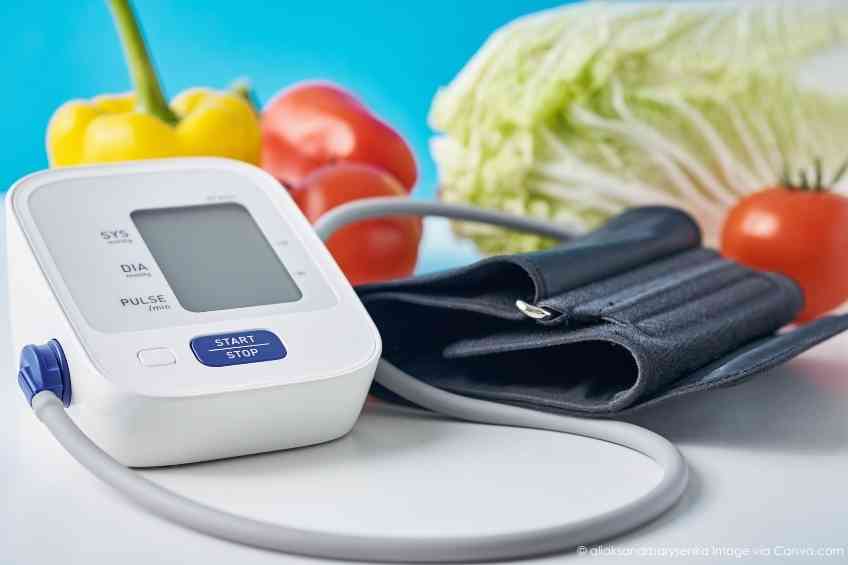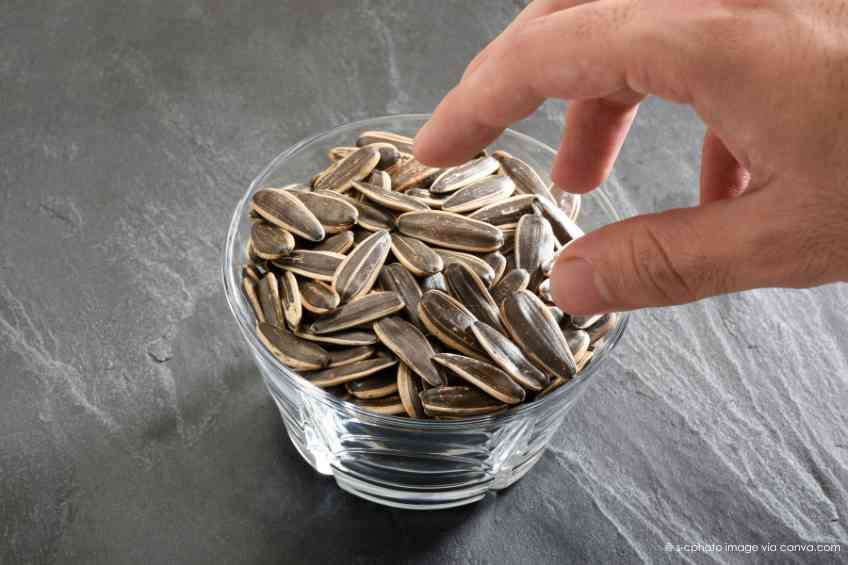The Skinny:
High blood pressure or hypertension is known as the silent killer. A name worthy of a Grade B 1940’s mystery movie. It attacks the heart, circulatory system, kidneys and brain, while also tanking sexual performance. Combatting it means, among other things, taking lots of stuff that’s off the menu like unctuous saturated fats, salt, red meat, processed foods, alcohol and caffeine. This type of dietary approach may be worthwhile from a medical standpoint, but it is pretty depressing for many. Well, take heart, there are positive ways to battle the silent killer when it comes to food—and it’s not about eliminating what’s bad but rather promoting what’s good. WellWell is here to help with some delicious dietary additions with superpowers to battle back hypertension.
The Slate:
Fruits and Berries
Almost any fruit helps lower blood pressure. Think bananas, apples, pears, apricots, grapes, kiwis, mangoes, watermelons, pomegranates, plums, avocados, cantaloupes, honeydew melons, tomatoes, citrus family members and unsweetened raisins and prunes. Berries like blueberries, raspberries, blackberries, strawberries, chokeberries and cloudberries also contain antioxidant anthocyanins that reduce blood pressure. Grapefruit and grapefruit juice can help too but they can also interact with some blood pressure meds, so check with a doctor to make sure they’re compatible.
Unsweetened Yogurt
Yogurt contains lots of fighting capacity in its potassium, protein, vitamins and minerals. Its calcium especially affects smooth muscle cell contractility, promoting the vascular resistance that helps to lower high blood pressure. The probiotic effects of yogurt’s fermentation can also do some good. One study linked higher yogurt intake with lower blood pressure. Of note, this normalizing effect occurs only in hypertensive individuals; yogurt doesn’t lower already-normal blood pressure.
Potatoes and Winter Squash
Surprisingly, potatoes have even more blood-pressure-lowering potassium than bananas.
Purple potatoes also contain anthocyanins, providing a sneaky one-two punch against this silent killer. Acorn, butternut, kabocha and spaghetti squash are all packed with potassium. All are delicious when boiled, broiled, roasted or grilled. They can also provide a creative substitute for more highly processed starches.
Green Leafy Vegetables
Greens like cabbage, collard greens, beet greens, spinach and kale are high in nitrates, which lower blood pressure by promoting vasodilation. A 2021 study, in fact, reported that eating at least one cup of leafy greens per day can help lower the risk of cardiovascular disease by reducing systolic blood pressure by 2.58 mmHg and diastolic by 1.38 mmHg, As with other vegetables, avoid adding excess salt and fats.
Lentils and Other Pulses
The term, “pulse,” comes from a Latin word meaning “thick soup.” This food category includes dried peas, beans, lentils and chickpeas. A traditional alternative to red meat, they contain polyphenols that help lower blood pressure. Additionally, pulses’ high potassium content fights to counteract dietary sodium’s ability to raise blood pressure. Cleveland Clinic reports that while all pulses help lower blood pressure, lentils are the most effective.
Oily Fish
Hypertensive people craving more fats and oils will embrace the findings of a 2022 study that reported consuming at least two or three grams a day of the omega-3 fatty acids found in oily fish may lower blood pressure. Six ounces of anchovies, sardines, salmon, mackerel or albacore tuna constitutes an effective serving. For personal and planetary health, look for fish with low mercury content that’s sustainably caught or farmed. Another option is fish oil supplements.
Drinks
Instead of grabbing alcoholic or caffeinated beverages when in need of a drink, consider healthy beverage choices like water, green or black tea, skim milk, fruit juices (pomegranate, prune, cranberry and cherry) or vegetable juices (tomato, raw beet). They are all tasty alternatives. Choose low-salt V-8, low-sugar varieties of tart juices like cranberry or cherry and make sure grapefruit juice is compatible with antihypertensive meds.
Eyes Up:
What’s your blood pressure go to? Let us know at info@wellwellusa.com.
WellWell editors independently identify services and products of interest. If readers purchase anything through the associated links, WellWell may earn a commission, which goes to support our work. Learn More.











